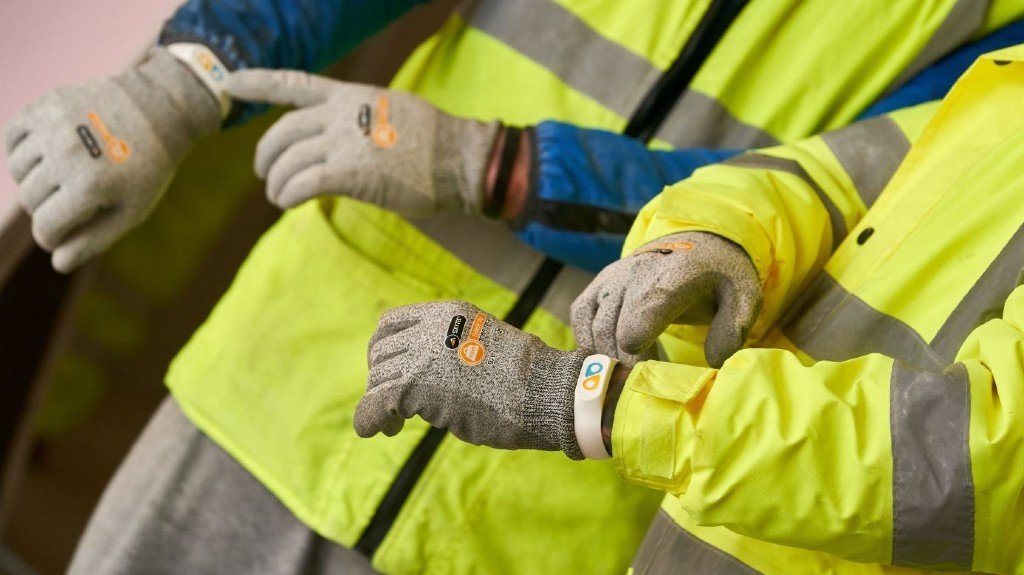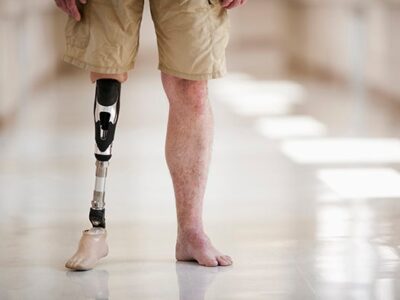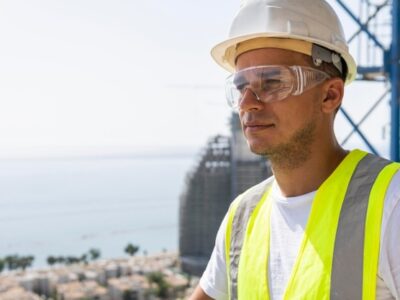Construction Safety: A Layered Problem
How safe a California construction worker is at the worksite can be affected by many things. This includes what they are wearing. For example, what protective equipment they have on during their job activities could be very impactful on this front.
And now, new types of wearable technology are being developed that could potentially contribute to construction worker safety. These are sensor-containing safety wearables.
These wearables could contain a wide range of sensors and could track many things, including where a worker is, the conditions in the area where they are, and their movements. The hope is that being able to track these things could help companies, such as construction companies, keep their workers safe on the job. The range of work apparel wearable sensors that could be incorporated into is wide, including things like boots, vests, suits, glasses, and helmets.
One wonders if safety wearables will someday be a common element of construction worker apparel.
Now, some questions arise in connection with such safety wearables and their potential uses in the construction industry, including:
- How exactly will employers use these devices? This could impact how effective such devices ultimately end up being in improving construction site safety.
- How secure will such devices be? These devices could collect and store a wide range of information. One could understand why a construction worker wouldn’t want this information ending up in the hands of hackers or other wrongdoers. So, what level of data security that such devices have could be of considerable importance.
- How will these devices affect construction workers privacy? There are a range of privacy concerns that could arise for workers in connection to devices that allow their employers to track information on them. One wonders what sorts of steps will be taken to address these concerns.
- What impacts will such devices have on workers’ comp claims? One could see situations arising in which the information that such devices track about a worker could provide insights on what exactly happened in a workplace accident. Such information could touch on critical issues in a workers’ comp case. So, one wonders what implications such devices and the information they could track could have on the ability of workers to prove comp claims.
Source: Arizona Daily Sun, “Wearable technology could save lives and dollars in construction industry,” Courtney Linder, June 27, 2017
What Is Smart PPE and Why Does It Matter
Smart PPE (Personal Protective Equipment) refers to gear embedded with sensors to track conditions, biometrics, or environmental hazards. Examples include:
- DAQRI Smart Helmet: Offers AR display and temperature sensing
- SolePower Smart Boots: Track fatigue and impact data
- Triax Spot-r Sensors: Detect falls and send automatic alerts
These devices are part of the broader movement toward the Internet of Things (IoT) in construction, contributing to predictive and real-time safety monitoring.
New Safety Possibilities Through Predictive Analytics
According to the National Institute for Occupational Safety and Health (NIOSH), wearable tech could soon transition safety systems from reactive to predictive.
Real-world applications:
- Pre-identifying fatigue through biometrics
- Mapping high-risk zones with heat maps
- Sending alerts before an accident occurs based on movement patterns
These innovations reflect a shift toward proactive safety systems, a core evolution in workplace safety standards.
Compliance, Privacy, and Ethics
Although OSHA hasn’t mandated smart PPE, the General Duty Clause requires employers to ensure a safe workplace. Ignoring available safety tech could be seen as negligence shortly.
Meanwhile, California’s CCPA law and national regulations like GDPR raise important questions:
- Who owns wearable data?
- Can employers track workers during breaks?
- What are the limits of digital surveillance?
Union groups have begun negotiating over these concerns, calling for ethical adoption of wearable technologies in labor contracts.
Legal Impact on Workers’ Compensation Claims
Sensor data from wearables may soon play a decisive role in workplace injury cases. It could:
- Help prove the sequence of an accident
- Disprove false claims through motion tracking
- Raise questions if used without consent or transparency
This underscores the importance of working with a law firm that understands both technology and workers’ rights.
FAQs
What are construction wearables?
These are smart safety devices embedded in boots, helmets, vests, or glasses to monitor health, safety, and location metrics in real-time.
Can wearable tech help my workers’ compensation case?
Yes, sensor data can support your injury timeline and show that conditions were unsafe. But it can also be used against you if not interpreted correctly.
What about my privacy?
Employers must comply with California’s Consumer Privacy Act (CCPA). If your data is used improperly, it could violate your rights.
Are smart PPE devices legally required?
No, but they are becoming industry best practice, especially in large-scale and high-risk construction environments.
Who can help if wearable data is used against me?
You should consult with a workers’ compensation attorney who understands how to challenge or support claims involving wearable data and digital evidence.
Need Help Navigating a Workplace Injury?
If you’ve been injured on a construction site, whether or not wearable technology played a role, you need a legal team that understands the intersection of technology, privacy law, and workers’ comp claims.
Schedule a Free Consultation with Hussain & Gutierrez
We help injured workers in California protect their rights, navigate complex legal challenges, and pursue the compensation they deserve.



